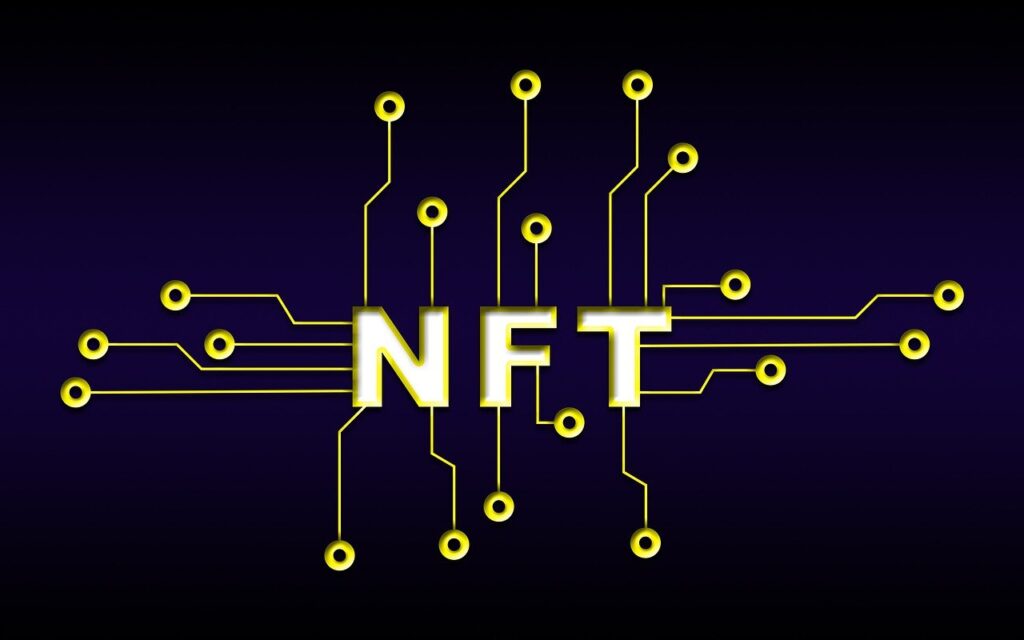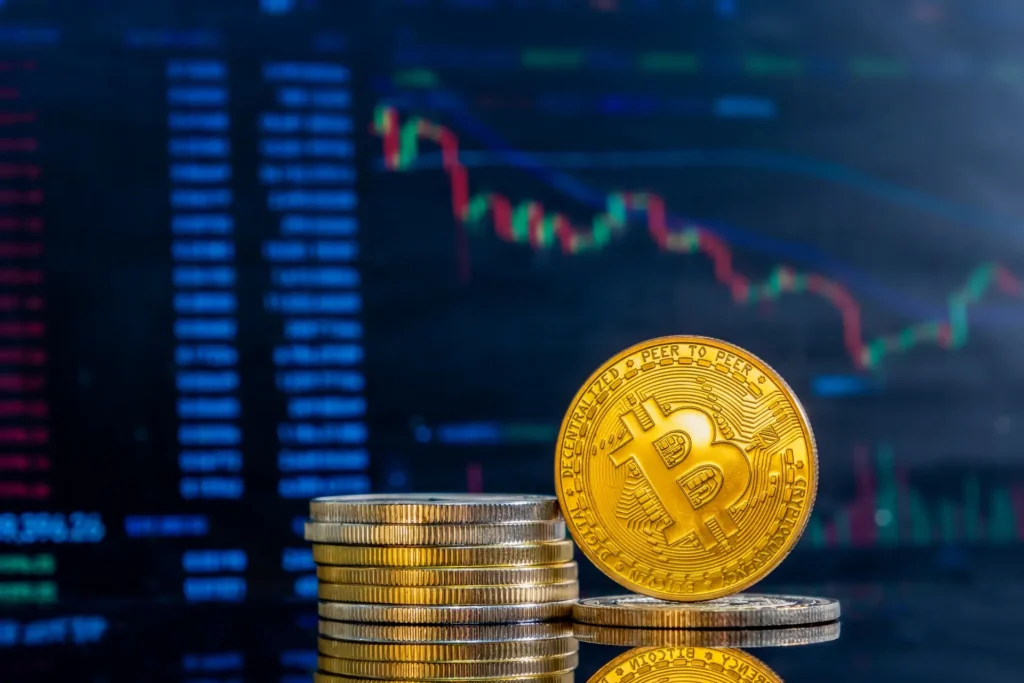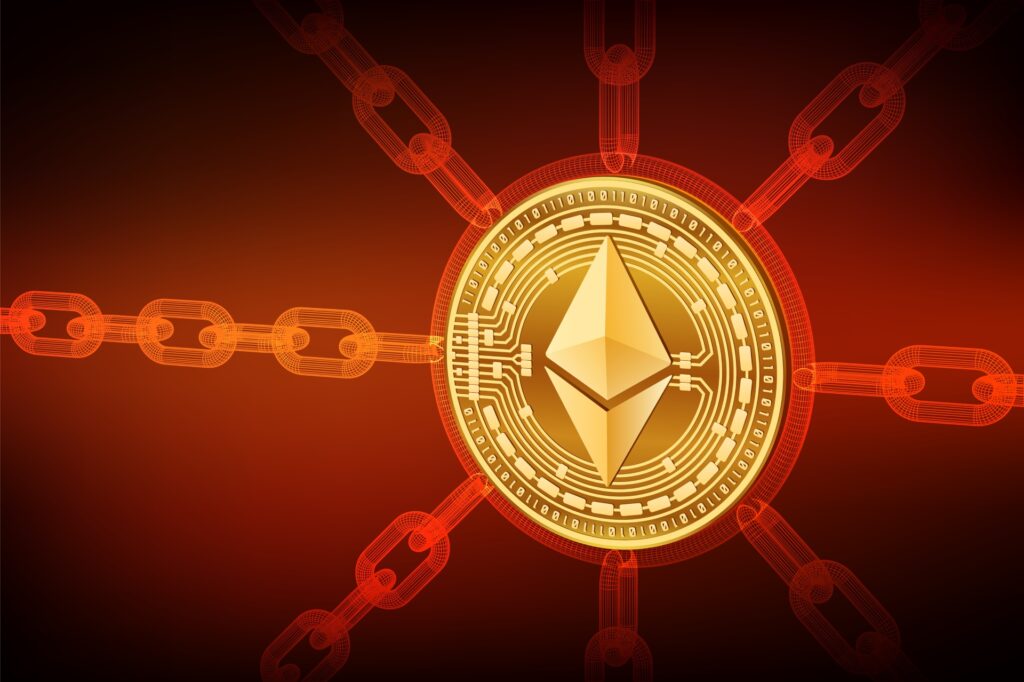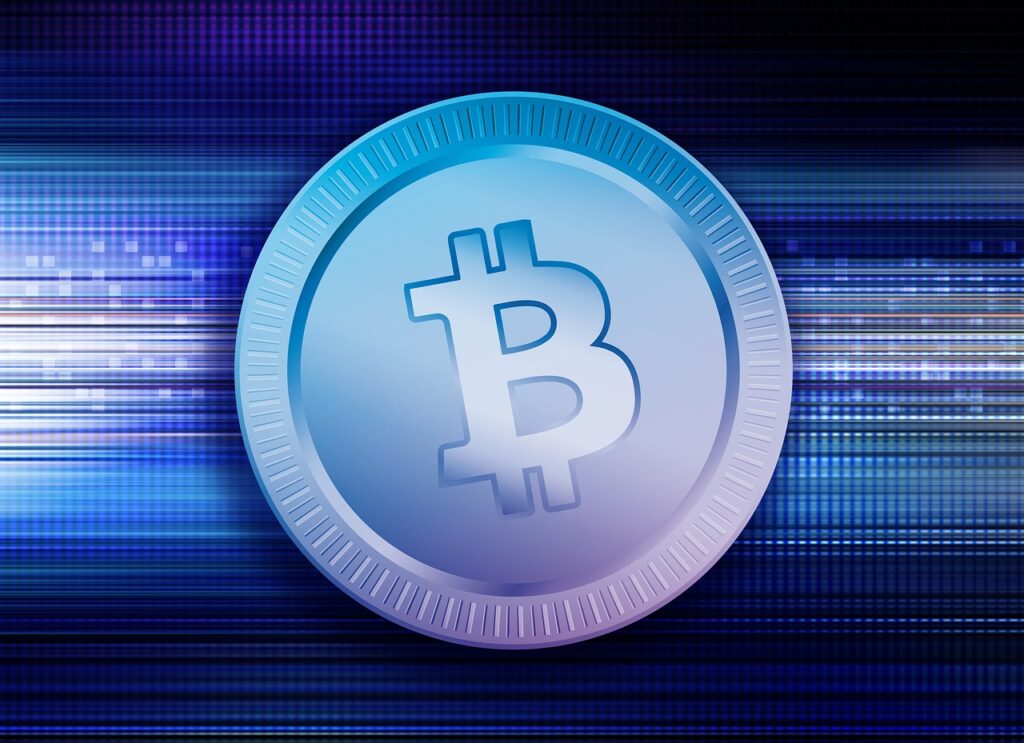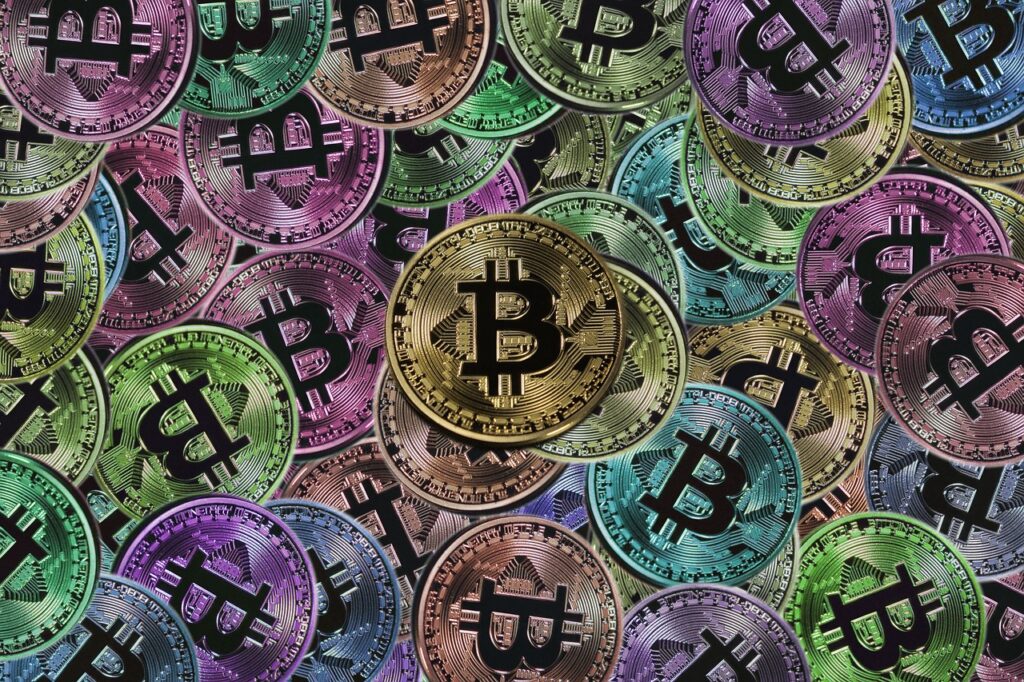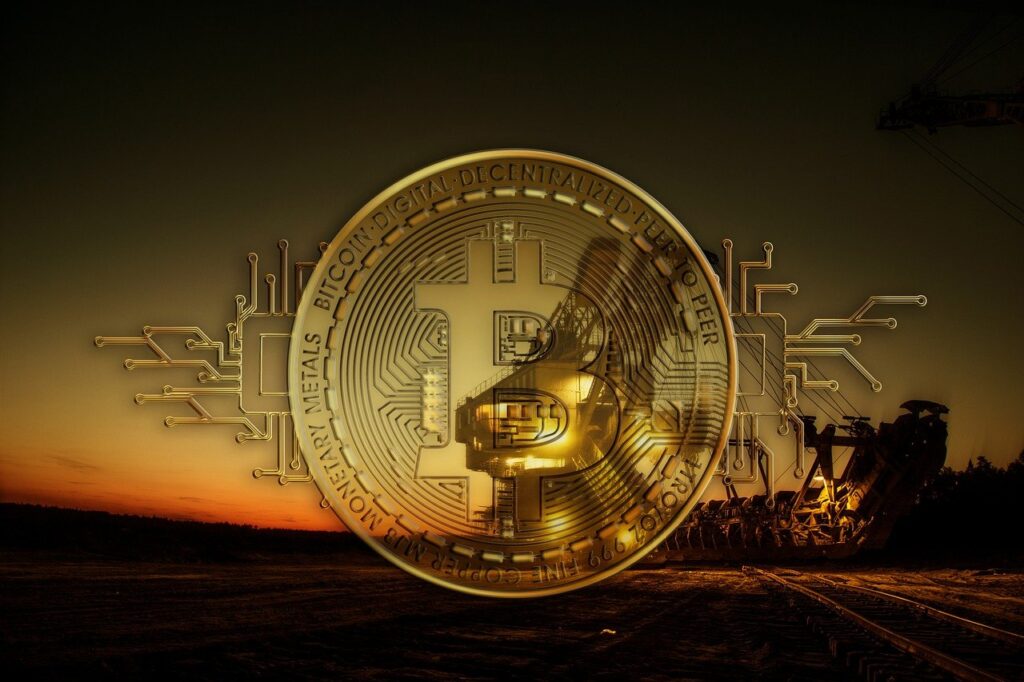Table of Contents
Understanding NFTs: The Digital Revolution in Asset Ownership
Non-Fungible Tokens (NFTs) are a new and innovative way to record ownership and authenticity of digital assets in the digital asset space. NFTs differ from existing cryptocurrencies like Bitcoin, which are fungible or interchangeable with other entities of the same asset category. The main characteristic of an NFT is uniqueness with an unequivocal ownership over a hybrid digital product as defined by a specific underlying digital file (e.g., digital artwork, gaming character, or collectible). The uniqueness of NFTs has gained global appeal, particularly in areas with digital assets, including digital art collectibles, and gaming etc.
An NFT is created or “minted” every time a digital file can be ‘tokenized’ and stored on a blockchain transaction. Digital files include images, videos, and music or other digitally reproducible files. NFTs can be “purchased” on platforms primarily built for the buying and selling of NFTs, like OpenSea, Rarible, and Foundatio, after being minted. NFT ownership is established when the NFT is stored in a digital wallet that serves as ‘proof of ownership’ or ‘access’ to a unique piece of digital work or experience.
The Rise and Growth of NFTs
Although NFTs have been around since about 2012, they hit the mainstream in 2017 when CryptoKitties launched a blockchain-based game that let players breed and trade virtual cats. Each virtual cat had its own NFT, and was a way to show a new kind of digital property.
Since then, the NFT market has exploded. In 2021, there was about $41 billion in total transaction volume. NFT adoption has accelerated significantly in digital art; more NFT marketplaces were opening, and we were seeing interest from both private collectors and institutional investors.
Highlighting Key NFT Projects
Several landmark NFT projects have showcased the technology’s versatility and appeal:
- NBA Top Shot: A platform that lets fans buy, sell, and trade officially licensed NBA highlight clips as NFTs.
- CryptoPunks: One of the first major NFT collections, featuring 10,000 algorithmically generated pixel-art characters. Some have fetched millions of dollars, helping define the early NFT art movement.
- Axie Infinity: A play-to-earn game where users battle and trade digital pets called Axies. In countries like the Philippines, some players have earned substantial income through the game, highlighting its economic potential.
NFTs Across Industries: Disrupting the Status Quo
Beyond art and gaming, NFTs are making waves in multiple industries:
- Music: The band Kings of Leon released their album as an NFT, offering exclusive content and perks like lifetime concert passes.
- Real Estate: Platforms like Propy are using NFTs to simplify and secure property transactions. Propy conducted the world’s first NFT-based real estate deal in 2017.
- Fashion: Digital fashion houses such as The Fabricant are creating virtual garments as NFTs. One such digital dress sold for $9,500, highlighting demand for wearable assets in virtual spaces.
These examples underscore how NFTs are unlocking new monetization models and reshaping how creators and consumers interact.
Challenges and Risks in the NFT Ecosystem
Despite their promise, NFTs are not without issues:
- Market Volatility: NFT prices can fluctuate dramatically, and finding buyers for niche items isn’t always easy.
- Environmental Concerns: The energy-intensive process behind blockchain transactions raises sustainability questions.
- Regulatory and Legal Gaps: The unregulated nature of the NFT market leaves room for scams, fraud, and copyright infringement. For instance, anyone can mint an NFT from digital content, even without the original creator’s consent.
- Platform Dependence: If a platform goes offline, the associated assets might become inaccessible.
- Artificial Inflation: Practices like wash trading (buying and selling an NFT to oneself to inflate its value) are increasingly common.
These factors highlight the need for caution and thorough research before entering the NFT space.
Looking Ahead: The Future of NFTs
NFTs are a radical change in the way we conceive ownership and transfer. As of March 2023, total NFT transaction volume is over $50 billion. Pak’s “The Merge” currently holds the record for the sale price of an NFT, being sold for $91.8 million. OpenSea, Rarible, and Foundation are the main platforms that continue to dominate the NFT market. Art, gaming, and collectible NFTs remain the most popular, even though the NFT landscape continues to change.
We have only begun to explore the long-term possibilities of NFTs. With innovation comes risk, but also the potential to revolutionize digital ownership in ways we have only begun to imagine.

